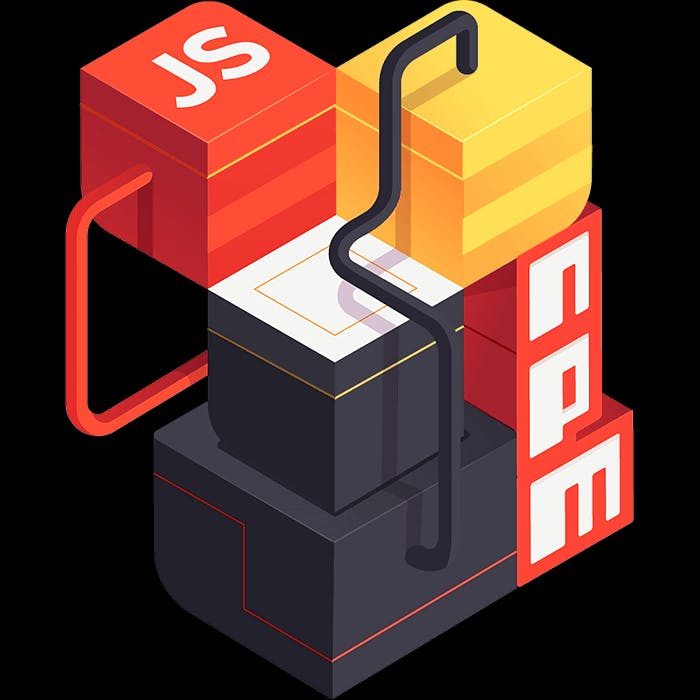webpackIn this article I assume you know what
webpacknpmUse cases for webpack
webpackWebpack is used primarily to mix and match javascript code. You have code organized in several folders with some (or lot) of external packages, and you want this code to not block the webpage when a user request the page. Using
Here we must also remember the DOM event flow and how javascript code can affect user experience when requesting your webpage. So we use webpack not only to organize for also to compress/minify code in order to decrease loading time and improve user experience. This way users are happy, the company have more views and interaction, and you can boast about your (webpack's) optimization skills.
But a webpage is not only javascript, but HTML, CSS and assets as fonts, images and icons.
While there is no official word about when or how much use webpack, there is some points to consider:
webpackHere we must also remember the DOM event flow and how javascript code can affect user experience when requesting your webpage. So we use webpack not only to organize for also to compress/minify code in order to decrease loading time and improve user experience. This way users are happy, the company have more views and interaction, and you can boast about your (webpack's) optimization skills.
But a webpage is not only javascript, but HTML, CSS and assets as fonts, images and icons.
webpackWhile there is no official word about when or how much use webpack, there is some points to consider:
- If your webpage is not so complex, for example a single page with some CSS and little to none js, maybe adding webpack is too much.
- If your webpage need too much data/state to render things, for example a blog or a complex webapp, maybe its better to use more scalable options like Server Side Rendering, CMS/CRM platforms, etc., instead of trying to make a big and complex webpack configuration/project.
- if you will not use a plugin too much maybe you must consider other alternatives, for example if your website have a few style rules maybe instead of setup a plugin for a preprocessor you can use a normal CSS file.
- if you are using a lot of assets or assets are too heavy, maybe using a CDN or services like cloudinary or Unsplash its a better idea than a plugin.
- If you don't have enought experience with webpack you can search for an already made
configuration template.webpack
Now we will consider some cases for setup webpack.
JS only webpack setup
in this setup you won't care about HTML or CSS or assets, just in making one or more JS modules to compile.
First step is to create a folder, then inside we initialize
First step is to create a folder, then inside we initialize
npmnpm init -y
npm i -D webpack webpack-cliIf you will only need one output JS file the only remaining thing to make is a folder called
src/index.jspackage.json"scripts": {
"test": "echo \"Error: no test specified\" && exit 1",
"start": "webpack"
},All that code will be output into a new file inside
dist/npm startYou'll notice the new folder and a file called
main.jsI prepared a GitHub repository here so you can check how the code looks like.


